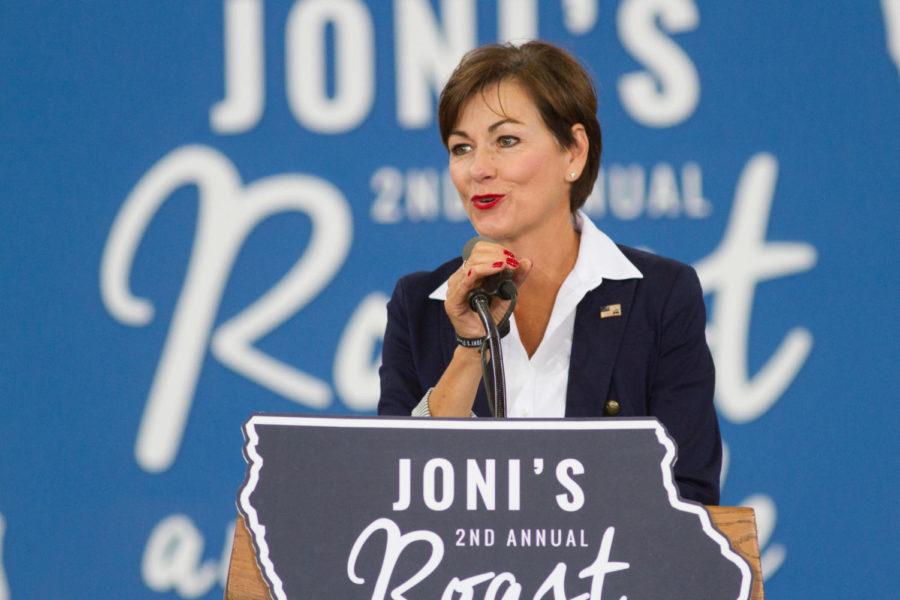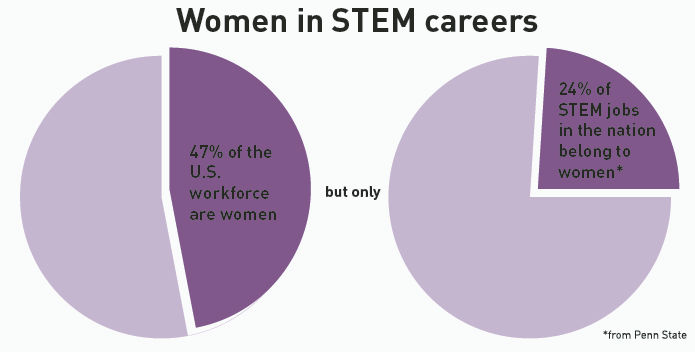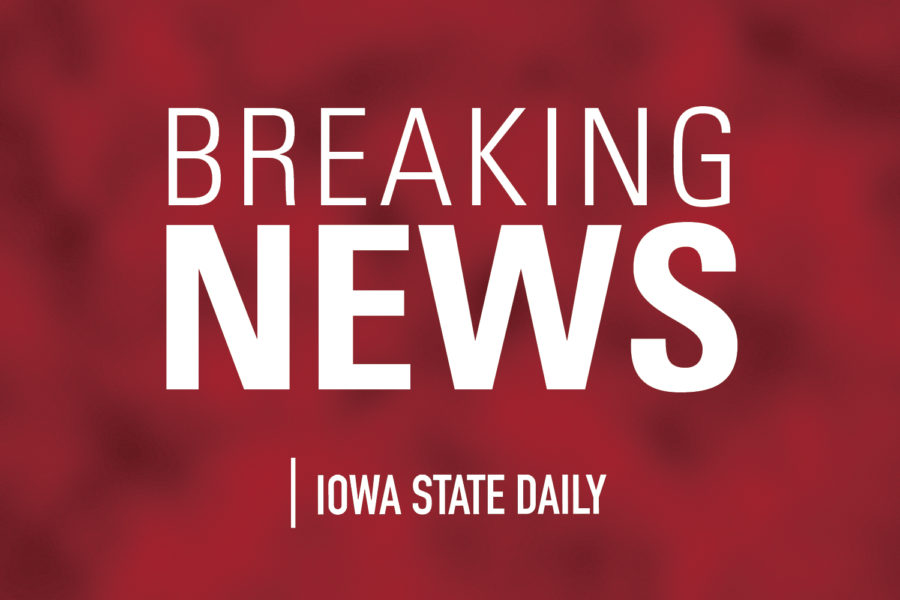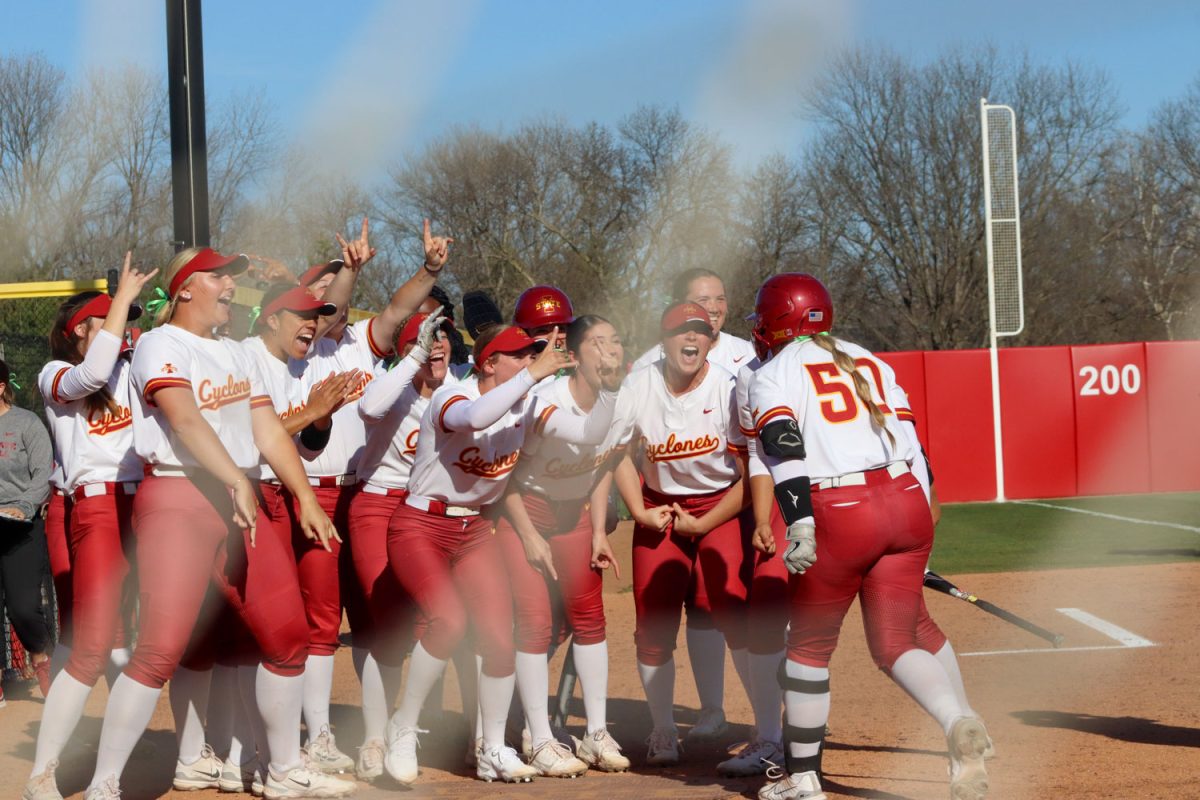‘Ready to Run’ promotes gender equality in politics
February 7, 2017
Iowa has made steps toward a more representative government since 2014, but continued work is set to be done in the coming years.
Kim Reynolds, current lieutenant governor of Iowa, is poised to become the state’s first female governor in 2017. Gov. Terry Branstad is set to be confirmed as the U.S. ambassador to China in coming months.
Sen. Joni Ernst is the state’s first woman to represent Iowa in the U.S. Congress, serving alongside Chuck Grassley in the U.S. Senate since 2014. Ernst is also the first female veteran to ever serve in the Senate.
Both Reynolds and Ernst are members of the Republican party and have found success politically. This isn’t always the case, though.
Twenty-one women serve in the U.S. Senate. Sixteen are Democrats and five are Republican. The U.S. House of Representatives includes 83 women, with 62 Democrats.
Dianne Bystrom, director of the Carrie Chapman Catt Center for Women and Politics, said the difference between the number of women coming from the two parties is often decided in the primary stage of an election.
“[The] primary stage in both parties favors the extremes,” Bystrom said.
The Republican party tends to favor the conservative side, while the Democratic party leans more liberal.
Bystrom went on to say that female candidates for office tend to hold policy positions that are more toward the middle, which can lead to them not making it through the primary stage.
“Moderate Republican women do less well than [moderate] Democratic women,” Bystrom said.
To increase the number of Republican women at the national and state level, Bystrom said more conservative women need to run for public office.
Amid the current political climate, finding members of both party extremes isn’t hard. Ernst and Reynolds both identify as conservative Republicans.
Ernst isn’t poised to run her Senate re-election campaign until 2020, but Reynolds is set to have her first independent race for governor in 2018.
Having been mentored by Brandstad for the past six years, Bystrom believes Reynolds is well prepared to run in 2018.
But Bystrom said Reynolds must look ahead to what 2018 could bring.
The Republican party holds the national majority in both houses of Congress, as well as Iowa’s State Senate and State House.
This kind of dominance may not last, however, as Iowa is known for being a swing state, often switching from Republican to Democrat every other election.
Bystrom said that in 2018, Iowa may swing back to favor the Democrats, especially considering “how hard Democrats are working to organize for 2018.”
Women are also beginning to work hard for the 2018 election and beyond. A workshop titled “Ready to Run,” a non-partisan campaign training program to encourage women to run for office, will kick off at Iowa State on Feb. 17.
Offered by the Catt Center, “Ready to Run” is made up of six workshops over three separate days. The program is co-sponsored by the League of Women Voters and the Iowa State Women’s and Diversity Grants Program.
This year’s program is full, with increased interest shown after the 2016 election.
“This election woke people up,” Bystrom said. “There has been an outpouring of people wanting and committed to running [for office].”
As of 2017, women make up a mere 19 percent of the nation’s Congress. The 2016 election results dropped the number of female governors from six to five.
With women making up 51 percent of the U.S. population, the national representation is skewed, and Bystrom believes that more women need to be at the table.
“With a more diverse body, problem solving is better, and better decisions are made,” Bystrom said.
For more information on how and why to run for office, check out the Carrie Chapman Catt Center online.
















